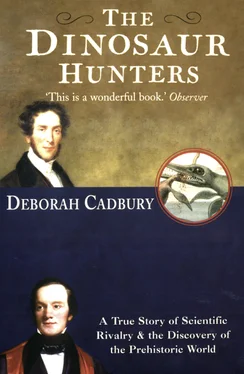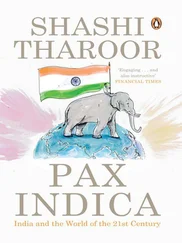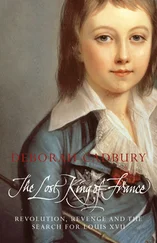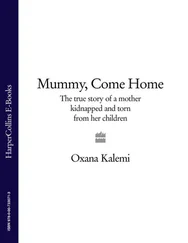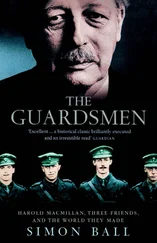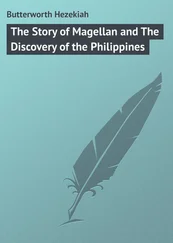1 ...8 9 10 12 13 14 ...22 With growing self-confidence in his geological observations, Gideon Mantell now decided to write a book setting out his findings on the rocks of Sussex, which he hoped would establish his scientific credentials and perhaps secure his membership of one of the prestigious scientific societies. Mary undertook the illustrations: a fragment of the claw of a crustacean, part of the dorsal fin of a fish, the extraordinary sharp spines of the Plagiostoma spinosa – all the dismembered bits of Nature in their incredible variety. With his wife’s total support and interest, Mantell described his happiness after his marriage as ‘greater than ever’.
As Gideon Mantell began to explore further afield, he realised that there was very different rock to be found in an area known as the Weald, a forest-covered ridge lying between the chalk hills of the North and South Downs. ‘Advancing from the Downs, an outcrop of sandstone is first seen near Taylor’s bridge,’ he observed, ‘and it subsequently appears by the stream that winds along Cuckfield park. At this spot in Whiteman’s Green an excavation has been made.’ As he approached the quarry, he could see tucked below the gorse, wild thyme and trees clinging to the rocks at the surface, the Weald strata exposed to a depth of some forty feet. There were horizontal layers of sandstone, limestone and slate, lying on a bed of blue clays.
With growing excitement, as he examined fragments of rock he began to realise that the fossils entombed in the layers of sandstone and limestone at Whiteman’s Green were quite unlike the invertebrates of the chalk hills around Lewes. Embedded among the debris appeared to be petrified fragments of larger bones. He mentioned this in his letters to George Greenough and Etheldred Benett in the autumn of 1817, explaining that he had uncovered the teeth and bones of vertebrates: amphibia, perhaps crocodiles or alligators. However, the fossils were so mutilated and worn that they were almost impossible to interpret or classify. The logical, tidy plans of the past months, the neat orderly drawings of invertebrates, everything that had fired his imagination about the former sea of chalk, began to be overshadowed by these curious fossil beds.
Whiteman’s Green was too far from Lewes for Mantell to ride out each day, and with the arrival of his first child, Ellen Maria, in 1818 he had even less time than before. So he began negotiations with a Mr Leney who ran the quarry, and during the next year parcels from Cuckfield began to arrive at the Lewes wagon office. The first delivery was not particularly exciting: ‘the bones, teeth and the tongue of a fish’. After another abortive trip when ‘it rained in torrents nearly the whole of our journey’, Mantell ‘made further arrangements with Leney respecting the Cuckfield fossils’. He is likely to have taught the quarryman to search for the remains of larger bones. It wasn’t long before several packages arrived from him, including some fossils that Mantell described as ‘superb specimens’.
Among the fragments of larger bones there were also invertebrates, such as tiny fossil shells and snails. Mantell tried to describe these to Etheldred Benett, although he admitted they were so damaged ‘it is scarcely possible to ascertain the genera or species’. Nonetheless, Miss Benett thought the shells from the Weald were similar to those uncovered in a rock she knew called ‘Purbeck limestone’. This is a formation that stretches across Wiltshire and Dorset that was well established in the geological sequence as Secondary rock. The Weald and the Purbeck, Mantell wrote, following Miss Benett’s advice, ‘correspond in so many particulars … that there is every reason to suppose that they belong to the same formation’. If this was true, the rocks at Whiteman’s Green in the Weald lay well below the chalk at the top of the Secondary series. He was revealing tantalising glimpses of a former world that had thrived an unknown number of years before the fishes and ammonites embedded in the chalk.
All this time Mantell’s medical practice prospered, and he was able to buy a house in Castle Place from his former partner, James Moore, for £700. By 1819 he could afford the house next door and the two houses were knocked together, becoming known, grandly, as ‘Castle Place’. Positioned prominently in the High Street and backing on to Lewes Castle, the imposing home was a world apart from the modest cottage in St Mary’s Lane where Mantell had been brought up. A team of craftsmen was hired to create a gracious interior with Georgian windows to the floor, ornamental arches over the stairwell and even carvings of ammonites to decorate the Ionic columns at the front of the house. As if to complete the metamorphosis from bootmaker’s son to doctor of standing, Mantell adopted the coat-of-arms of his forebears and painted them, entwined with those of Woodhouse, on the porch outside and on the marble table in the dining-room. But if Mary Mantell was under any illusion that she might acquire an elegant new drawing-room to entertain guests, she was to be disappointed. Her husband’s burgeoning ‘little cabinet’ became a grand ‘Collection’ and quickly came to fill the new first-floor drawing-room.
As news of Gideon Mantell’s collection spread, visitors came to view the fossils. One caller was that same Lieutenant-Colonel Thomas Birch who had sought out Mary Anning; Mantell described him as a ‘very agreeable and intelligent man’. Birch had been touring the West Country and had spent much time in Dorset buying fossils of the Ichthyosaurus – or ‘Proteosaurus’ as it was still called – from Mary. Naturally, Mantell was intrigued to know how Birch’s giant Ichthyosaurus bones compared to the fragments he had found. In March 1820, shortly after the birth of his second son, Walter Baldock, Mantell received an intriguing letter from Lieutenant-Colonel Birch.
‘I am going to sell my collection for the benefit of the poor woman and her son and daughter at Lyme who have in truth found almost all the fine things,’ Birch wrote. ‘I found these people, the Annings, in considerable difficulty – on the act of selling their furniture to pay their rent – in consequence of their not having found one good fossil for near a twelvemonth. I may never again possess what I am about to part with; yet in doing it I shall have the satisfaction of knowing that the money will be well applied.’
Birch was genuinely concerned that the Annings had not been able to maintain their early success. Apart from an Ichthyosaurus uncovered in 1818, they had had no more significant finds. Birch’s sale was planned for 15 May, in the Egyptian Hall in Piccadilly. Gideon Mantell attended the auction and had a chance to see Mary Anning’s ‘marine lizards’: an Ichthyosaur femur and head that was bought for Georges Cuvier in Paris, a partial skeleton, vertebrae and other fossils. Lieutenant-Colonel Birch’s sale raised £400 for the Annings.
Less than a month later, in June 1820, Gideon Mantell entered in his diary: ‘received a packet of fossils from Cuckfield. Among them was a fine fragment of an enormous bone; several vertebrae and some teeth.’ Having met Birch and seen Mary Anning’s giant sea lizards, he immediately wrote that these giant bones must belong to a ‘Proteosaurus or Ichthyosaurus.’ After all, this was the only large creature that had been described in England. Inspired by this discovery of the largest bone he had received so far, he began a series of excursions to Whiteman’s Green in the Weald, the mundane little quarry where workmen laboured for basic stone material, unaware that they were laying bare the secrets of the past. To Mantell the quarry was a magical place; it was like entering the ancient tombs, where extraordinary records of a former world were waiting to be explored. With great enthusiasm, on 16 August 1820 he took the entire family on an outing to the quarry: ‘We made an excursion to Cuckfield; my brother drove the ladies in his chaise and I rode on horseback.’
Читать дальше
